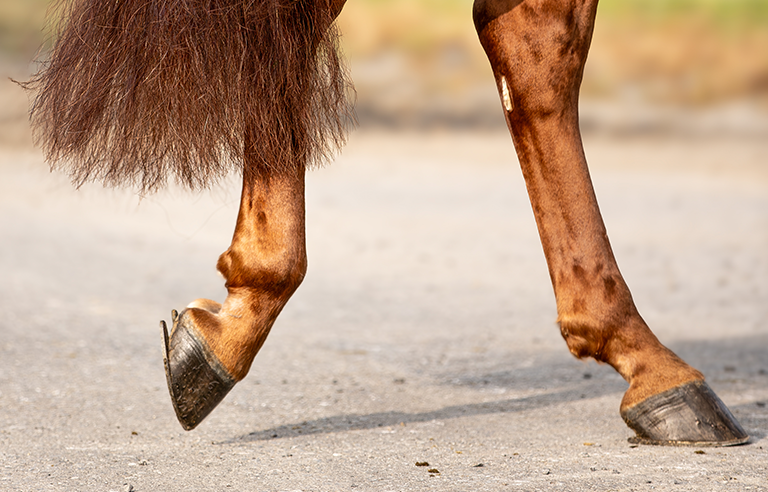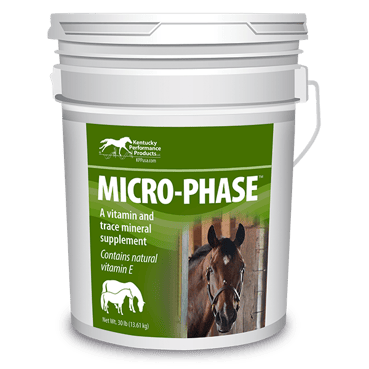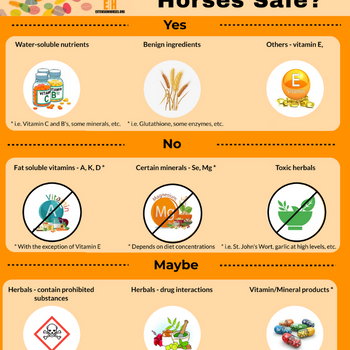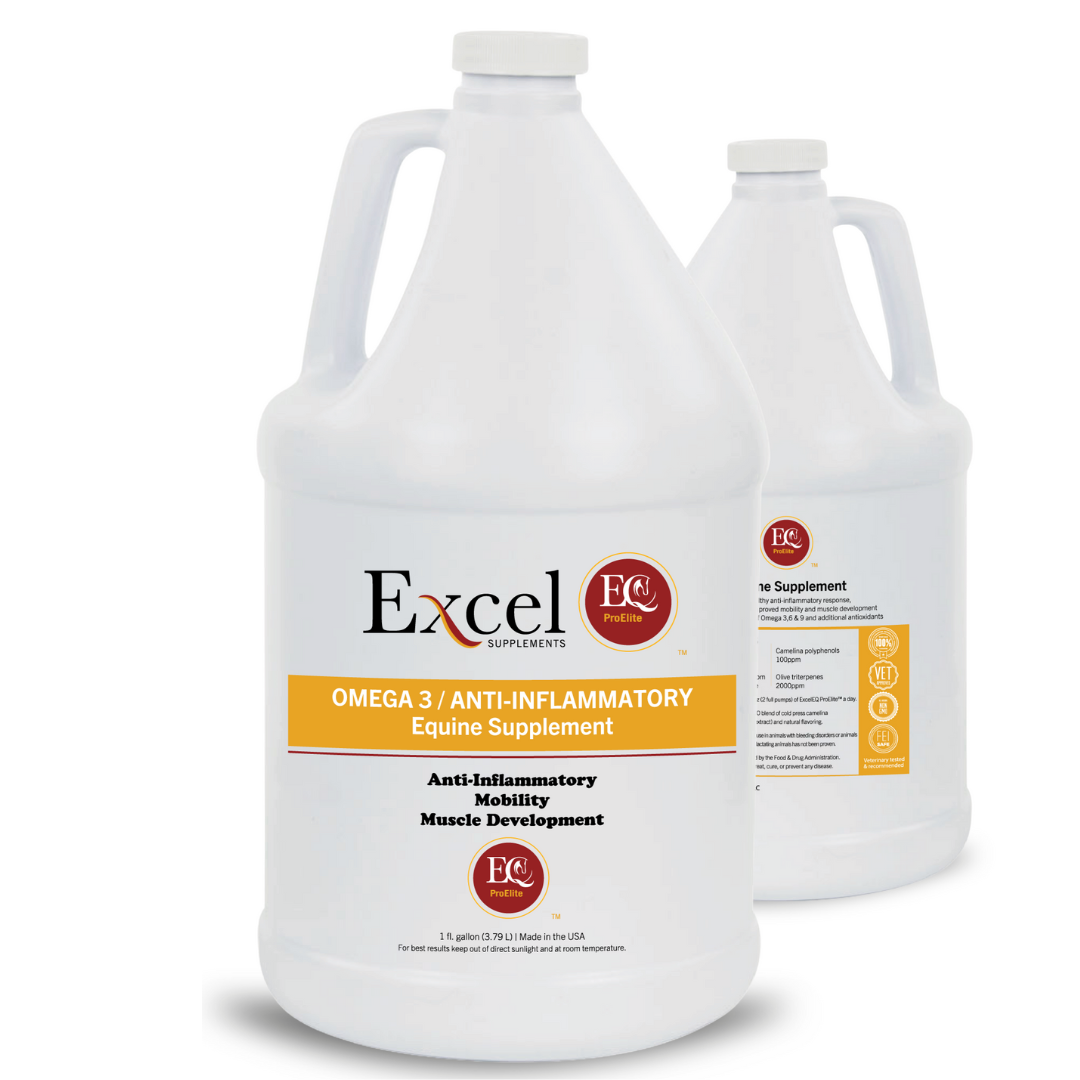Supplement Interactions: What Not to Combine for Your Horse

When it comes to equine health, supplements can play a vital role in supporting your horse’s well-being. However, not all supplements are safe to combine. Understanding supplement interactions is crucial to avoid adverse effects and ensure your horse benefits fully from their diet.
Why Supplement Interactions Matter

Just like in humans, certain supplements can interact negatively when given together to horses. These interactions can reduce the effectiveness of the supplements, cause harmful side effects, or even lead to toxicity. Being informed helps you make safer choices.
Common Supplement Interactions to Avoid

| Supplement 1 | Supplement 2 | Potential Interaction Effect |
|---|---|---|
| Calcium | Iron | Compete for absorption, reducing effectiveness |
| Vitamin E | Selenium | Excess selenium can cause toxicity if combined |
| Magnesium | Calcium | High calcium can inhibit magnesium absorption |
| Biotin | Certain antibiotics | May reduce antibiotic effectiveness |
Key Supplements and Their Interactions
Calcium and Iron
Both minerals compete for absorption in the digestive tract. Giving them simultaneously can reduce the uptake of both, leading to deficiencies.
Vitamin E and Selenium
While both are antioxidants, excessive selenium combined with vitamin E can lead to selenium toxicity, which is harmful to horses.
Magnesium and Calcium
High levels of calcium can interfere with magnesium absorption, potentially causing muscle issues or other health problems.
Biotin and Antibiotics
Some antibiotics may reduce the effectiveness of biotin, a supplement important for hoof health.
Tips to Avoid Negative Interactions
- Separate administration times: Give conflicting supplements at different times of the day.
- Consult a veterinarian: Always check with a professional before starting new supplements.
- Monitor your horse: Watch for any signs of adverse reactions or changes in behavior.
FAQ
Q1: Can I give all my horse’s supplements at once?
A: It’s best to space out supplements that may interact negatively to ensure proper absorption and effectiveness.
Q2: How do I know if supplements are interacting?
A: Signs include digestive upset, changes in energy levels, or unexpected health issues. Consult your vet if you notice anything unusual.
Q3: Are natural supplements safer to combine?
A: Natural doesn’t always mean safe. Some natural supplements can still interact negatively, so caution is necessary.
Conclusion
Understanding supplement interactions is essential for maintaining your horse’s health. By avoiding harmful combinations and consulting with professionals, you can optimize your horse’s nutrition and well-being.
This article provides a clear, structured approach to educating horse owners about supplement interactions, using tables and FAQs to enhance readability and SEO effectiveness.
